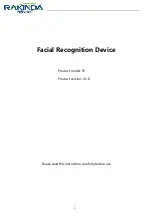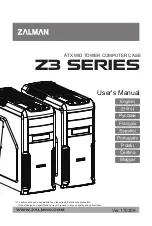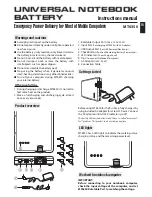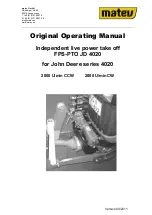
16
Wiring Assembly:
1. The kit includes a pigtail that mates to the pump. Connect the pigtail to the pump and feed its
two loose wires through the two-hole seal in the electrical bulkhead fitting.
2. Route and secure the in-tank portion of the wiring so that it does not interfere with the
operation of the fuel level sensing arm/float.
3. Tighten the dome nut on top of the electrical fitting to compress the seal and lock the wires in
place.
4. A mating pair of Weather-Pack connectors is included so that the wiring to the tank can be
easily disconnected. Install one of the Weather-Pack connectors – using a pair of wire seals
and terminals - onto the wires coming out of the fuel tank. To follow the normal convention,
use the “shroud” connector housing shown in the drawing along with the male terminals. It
does not matter which wire goes into which cavity as long as the mating connector is assembled
the same way – red in either position A or position B in both connectors.
5. Install the remaining connector, terminals and seals onto the red “PUMP POSITIVE” feed wire
from the fuel pump relay harness and to one end of the supplied length of loose black wire.
Make sure red connects to red and black to black when the two connectors are mated.
6. The remaining loose end of the black wire needs to be connected to ground. A blue ring
terminal is included for this purpose. Cut the black wire to a convenient length and install the
ring terminal. After the ring terminal has been crimped on, use a heat gun or other heat source
on the insulation to shrink it and seal it to the wire. A good ground connection is important for
proper operation. Be sure that the ring terminal touches clean, bare metal.
In-Line Fuel Pump System Installation:
In-Line fuel pump system installation is similar to the in-tank installation except that the fuel
sender module removal is not required. However, if there is a fuel pump already installed in
your tank from your previous fuel system, it is recommended that you remove it. Also, many
stock systems have a sock type pre-filter installed in-tank. If your application does, please
check that the sock filter is clean. Clogged filters can strain your new in-line pump.
IMPORTANT: be sure to mount your in-line fuel pump below the lowest point of your
fuel tank; otherwise, the pump will not be able to properly prime if the fuel level is low.
Also, mount the pump as close to the fuel tank as possible for best performance.
Follow the diagram below for proper installation. Keep in mind that the fuel pump included
with the FAST™ kit features an integrated pre-filter. If you run a different pump without a
pre-filter, be sure to install a pre-filter in-line before the pump.
Содержание 30400-KIT-EZ-EF
Страница 11: ...11 In Tank Fuel Pump System Layout...
Страница 17: ...17 In Line Pump Fuel System Layout...
Страница 56: ...56 Dash 1 Dash 2 Dash 3...
Страница 69: ......
Страница 70: ......
















































